Unveiling the Beauty of the Lesser Celandine Flower: A Springtime Delight
As winter fades away and the promise of spring beckons, nature awakens with a burst of color and vitality. Among the many flowers that grace the landscape during this time, the Lesser Celandine (Ficaria verna) stands out as a cheerful harbinger of the season's renewal. With its bright yellow blooms and heart-shaped leaves, this charming wildflower captures the essence of springtime with its vibrant beauty.The Lesser Celandine, also known as the Fig Buttercup, belongs to the buttercup family (Ranunculaceae) and is native to Europe and parts of Asia. Despite its diminutive size, this perennial plant packs a visual punch, carpeting woodland floors, meadows, and riverbanks with its sunny yellow blossoms.One of the most captivating aspects of the Lesser Celandine is its early blooming habit. As soon as the temperatures begin to rise and the days grow longer, this resilient wildflower emerges from its winter slumber to blanket the ground with a sea of golden petals. Its arrival heralds the arrival of spring, bringing joy to all who encounter its cheerful display.While the Lesser Celandine is primarily found in its natural habitat, it can also be cultivated in garden settings, where it adds a touch of brightness and charm to any landscape. It thrives in moist, well-drained soil and partial shade, making it an excellent choice for woodland gardens, rockeries, or alongside ponds and streams.As we marvel at the beauty of the Lesser Celandine flower, we are reminded of the wonder and resilience of the natural world. Despite its small size and fleeting presence, this humble wildflower leaves a lasting impression, evoking feelings of joy, hope, and gratitude for the simple pleasures that surround us.
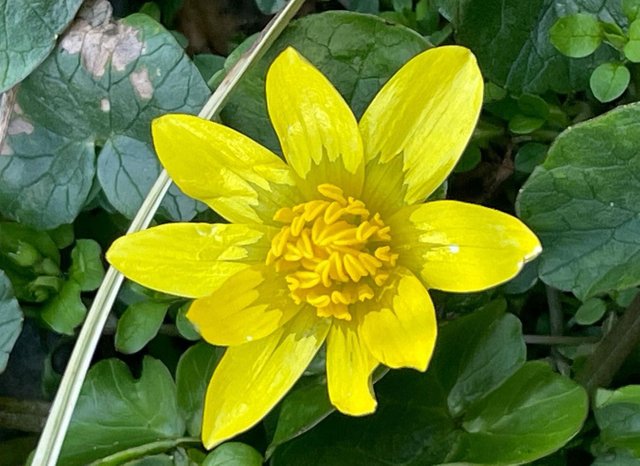
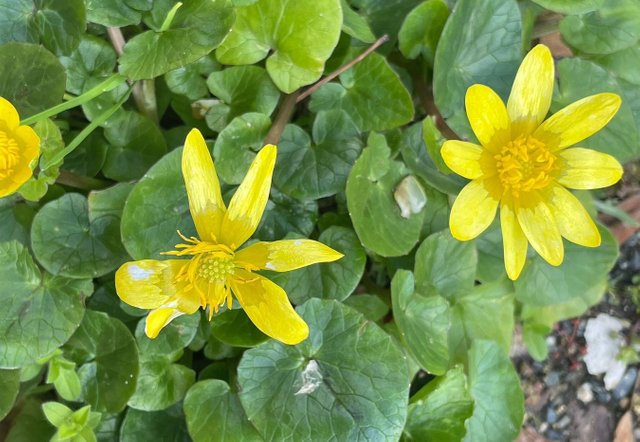
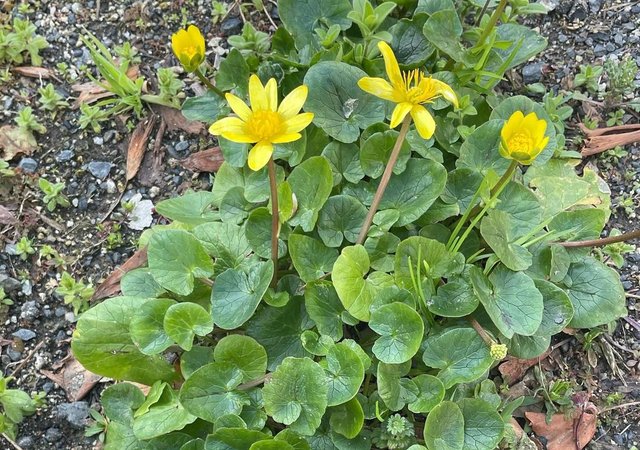
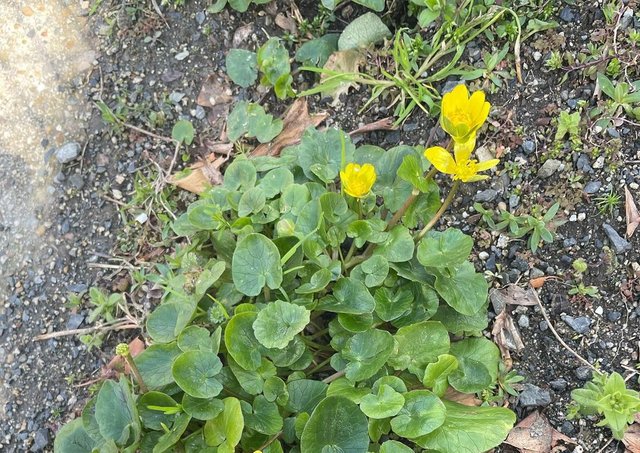
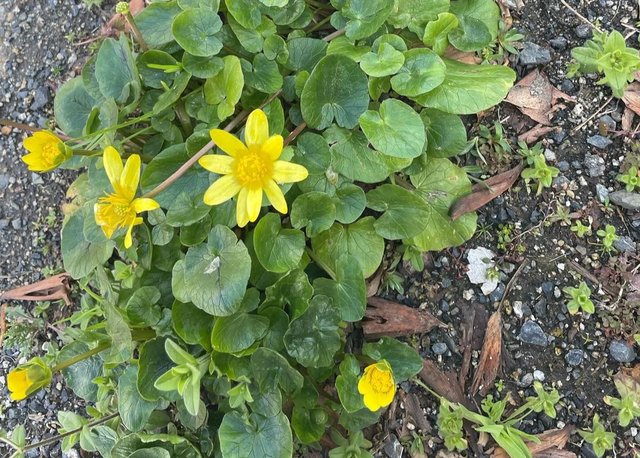
Author and Photographer |
@humera | ||
Camera |
Redmi Note 11 Pro Max | ||
Lens |
Defult Lens | ||
Category |
Nature | ||
Edited by |
Lightroom CC |
